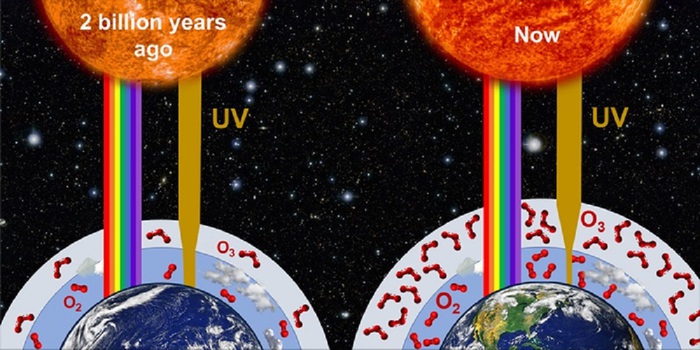During the last 2.4 billion years our planet may have been far less hospitable than previously thought: the ozone layer that protects life from ultraviolet (UV) radiation may have been very erratic and played a crucial role in evolution. of the living. This is what emerges from the new simulations conducted by researchers from the University of Leeds and published in the Royal Society Open Science journal.
Although on time scales that are far longer than our existence, the Earth is and has been an ever-changing environment whose conditions have changed many times and in such a drastic way that even the existence of life has been put at risk. To offer a new look at the past and better outline these transformations is a new computer simulation, using some of the most advanced climate models available, which has tried to trace the conditions on the planet over the last 4 billion years.
One of the most important elements that emerged from the simulation is that the presence of the ozone layer, a molecule composed of three oxygen atoms (O3) and which provides an effective filter from ultraviolet radiation (UV), would have been very inconstant over time. According to the study, the ozone layer would be efficient only when there was a percentage of 'normal' oxygen (in the form of O2) in the atmosphere greater than at least 5 or 10% and not 1% as previously believed.
Considering that the presence of O2 has had oscillations several times, it emerges that the Earth in the last 2.4 billion years has had long phases in which the UV radiation shield would have almost completely failed.
"If our models are true - said Gregory Cooke, head of the study - then for over a billion years the Earth would have been subjected to much more intense UV radiation than previously believed".
The 'fluctuating' presence of intense UV radiation could therefore have played a crucial role in determining the evolution of many of the living beings that in that long phase were colonizing the emerged lands and were evolving towards increasingly complex forms.













